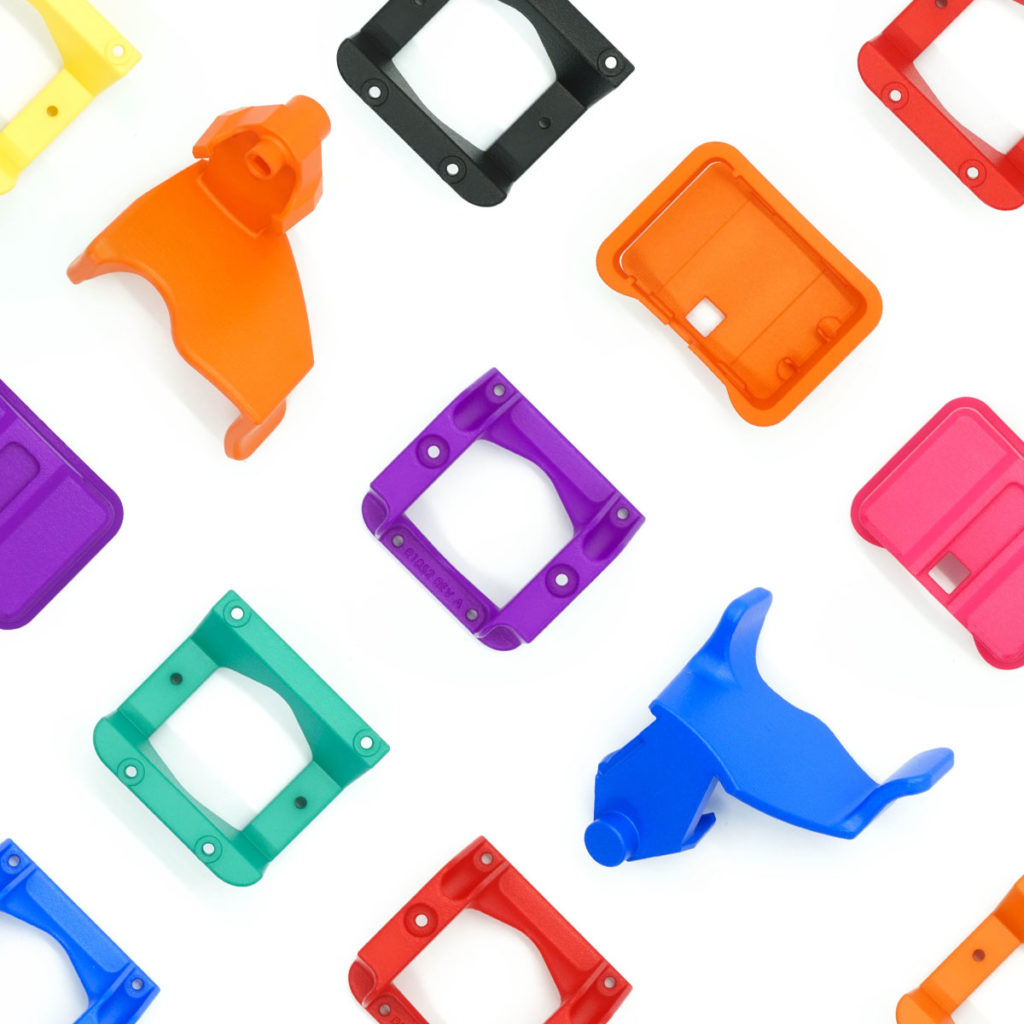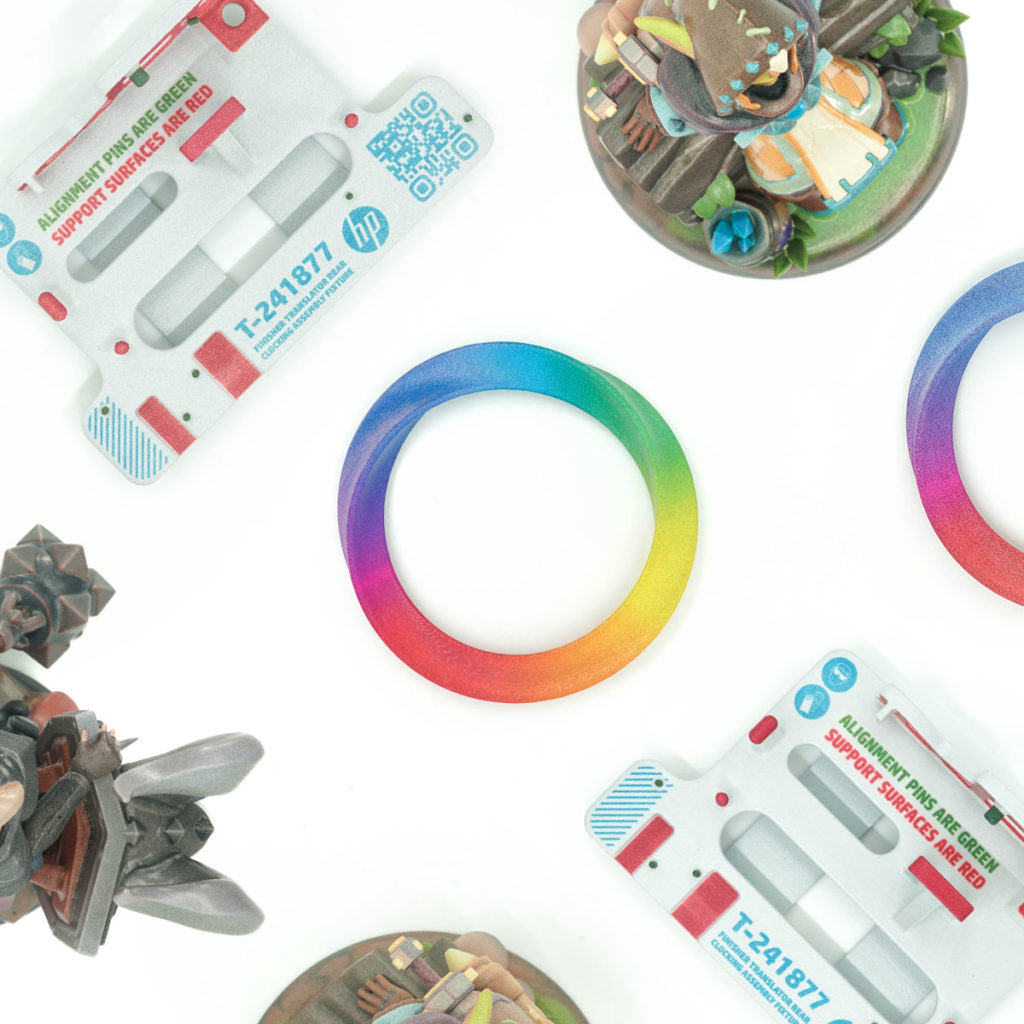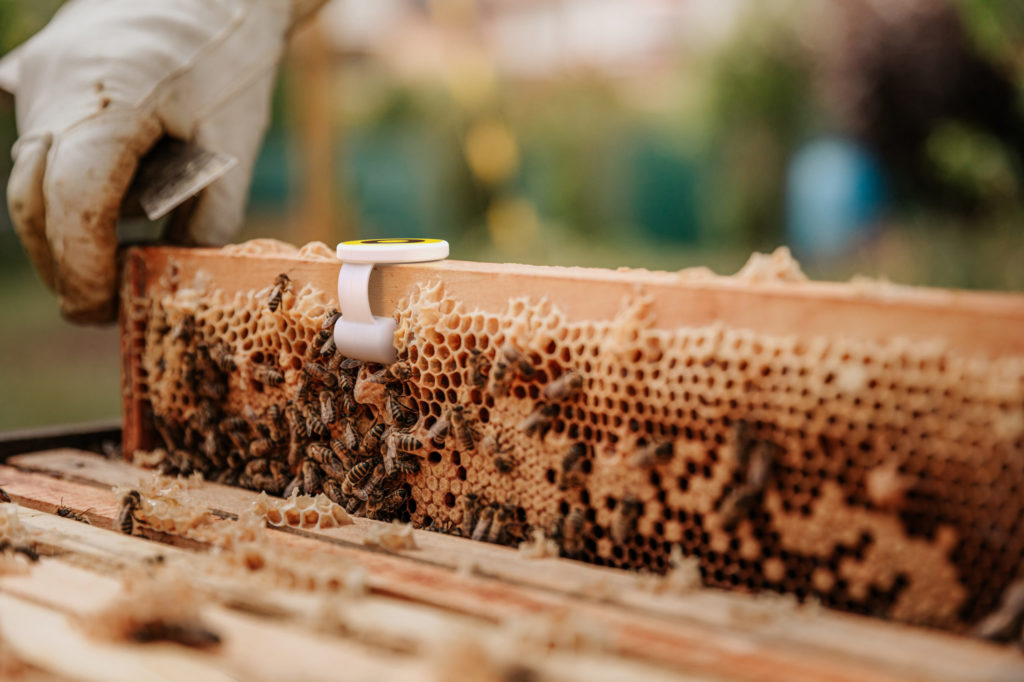What is Additive Manufacturing?
Additive manufacturing is a powerful industrial technology that builds structures layer by layer, whether for making rapid prototypes during product development in automotive applications or high-performance parts for aerospace. Shapeways additive manufacturing services are set apart from traditional techniques because they provide engineers and designers with the ability to push the boundaries in innovation, the freedom to iterate and test as needed, and ultimately, with the tools for producing unique products never possible before.
Additive Manufacturing
Additive manufacturing services work in direct contrast to conventional manufacturing where subtractive measures are taken to remove material in making a part. This technology is also faster, with little need for lead times or tooling, exponentially less waste in material during production, and the option to experiment with a wide range of materials, methods, colors, and finishes.
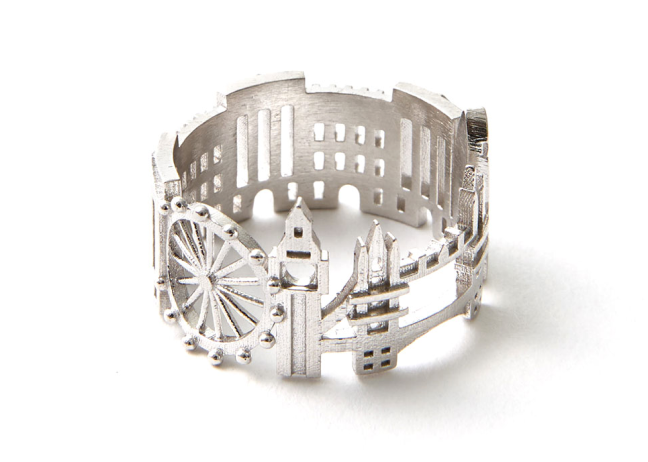
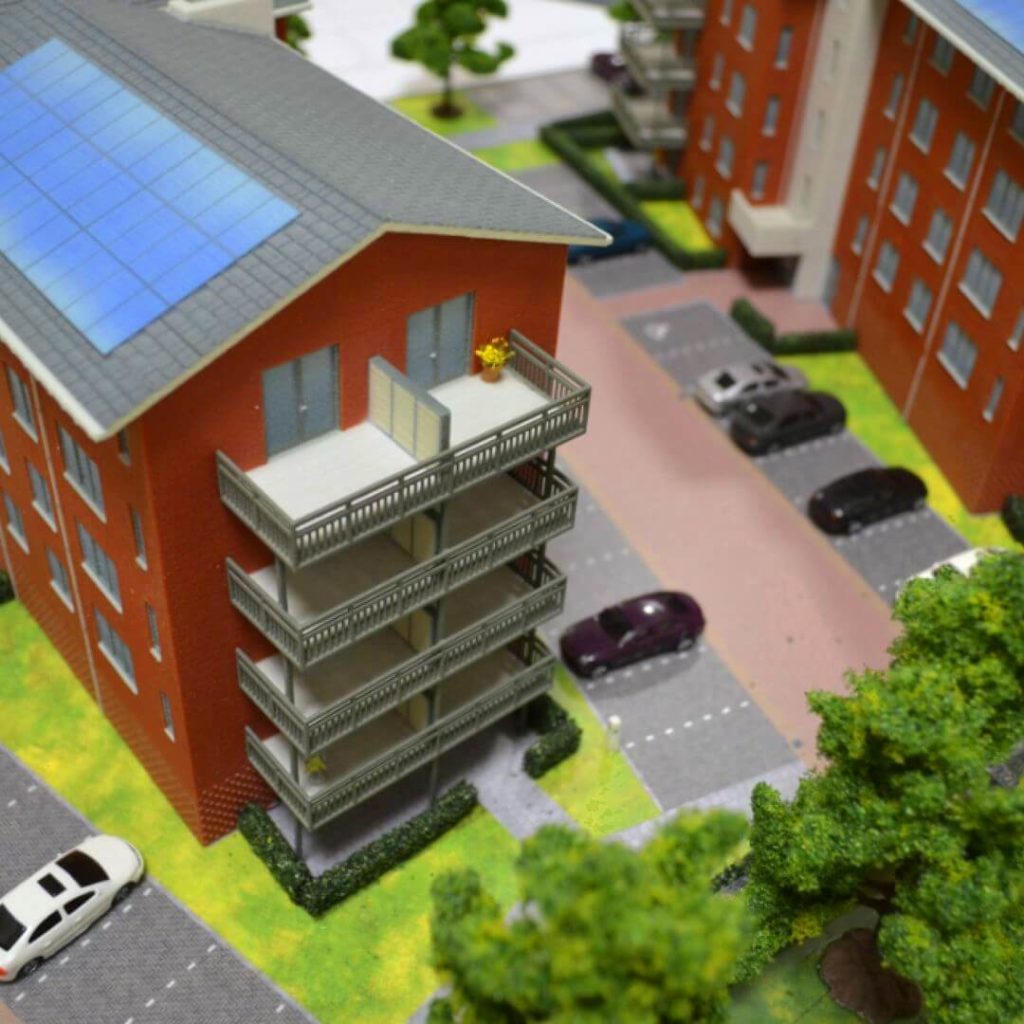
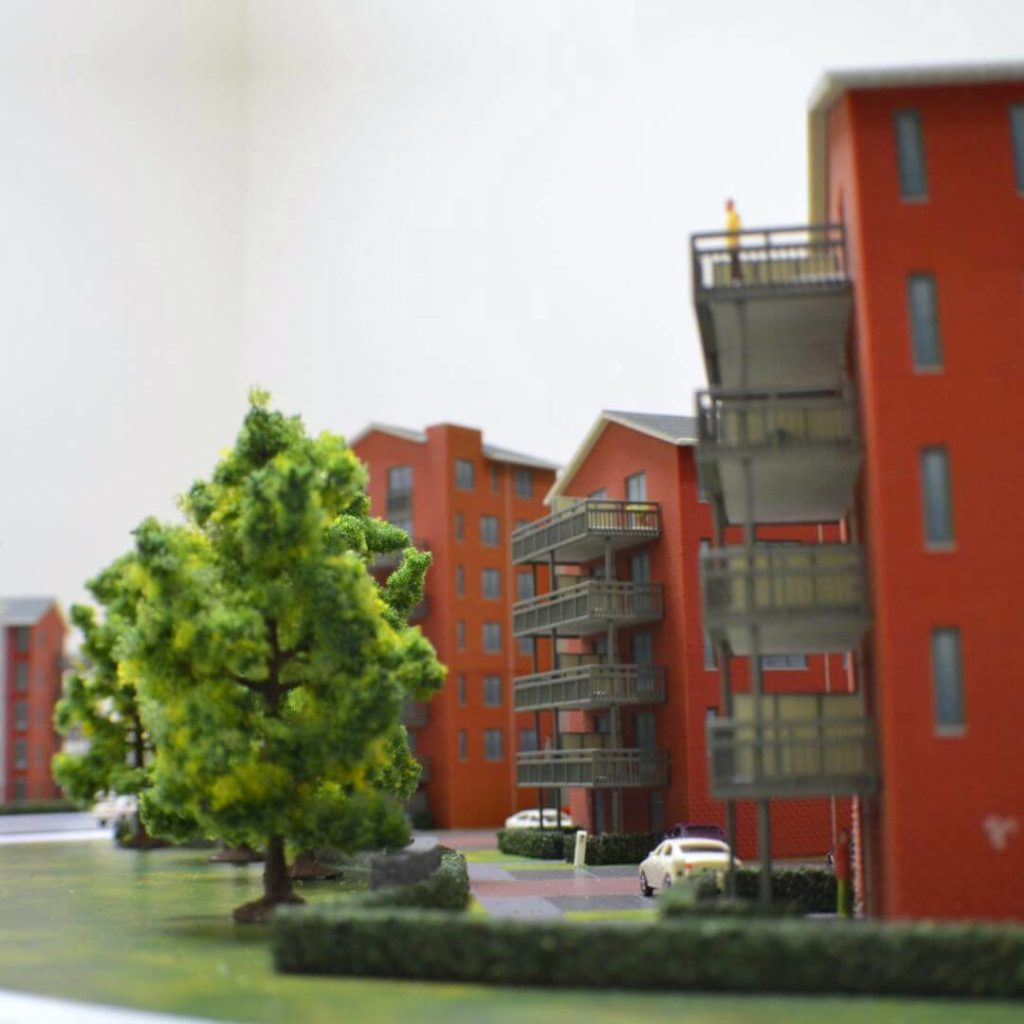
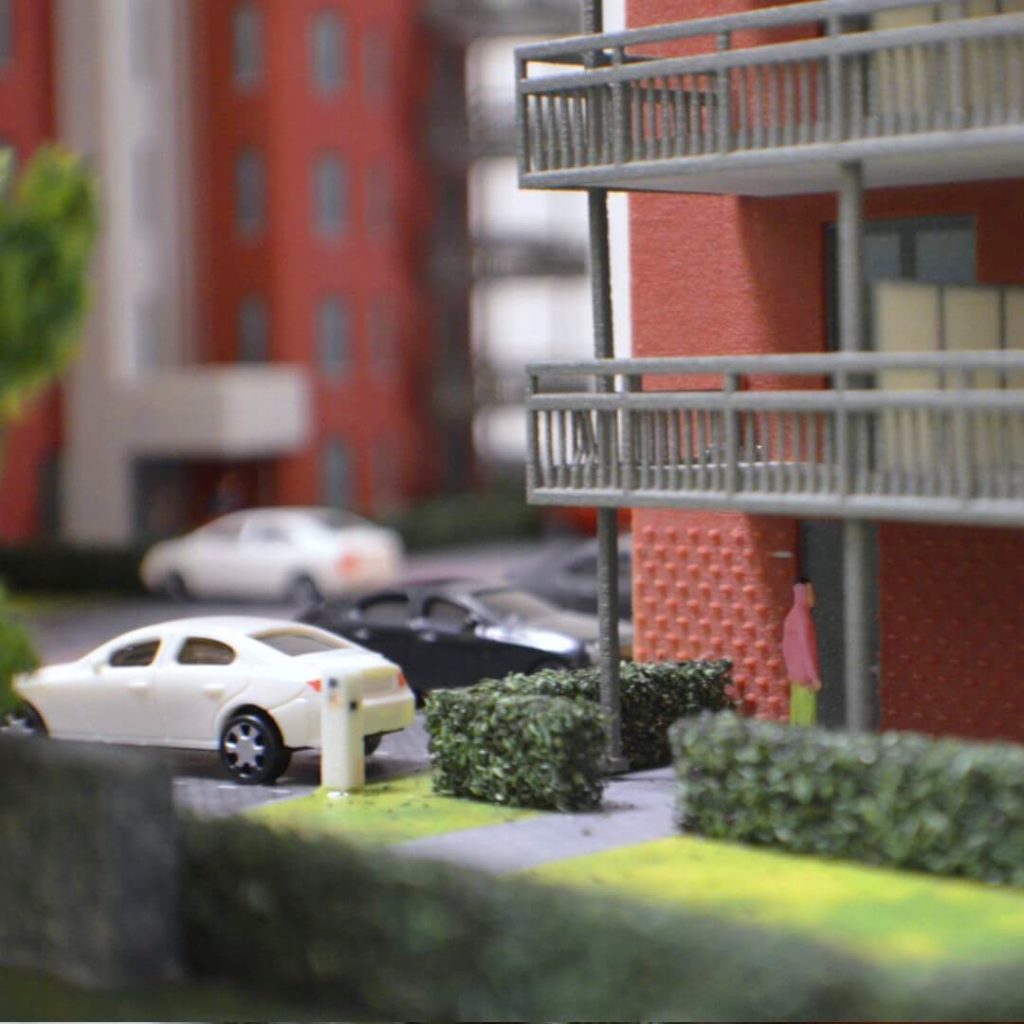
Additive Manufacturing History
The inception of additive manufacturing (1983) is formally accredited to Charles W. Hull, an engineer who went on to form the iconic 3D Systems in 1986 and to produce the first Stereolithography 3D printer in 1987. There were numerous forerunners to what we know as 3D printing, however, harkening as far back as the 1800s with more rudimentary 3D modeling and 3D printing creations like photographic sculptures and layered 3D topographical maps.
Another scientist, Dr. Hideo Kodama of The Nagoya Municipal Industrial Research Institute, even pre-dated Hull in the early 1980s with a photopolymer rapid prototyping process. Hull was, however, the owner of the first 3D printing patent, and he continued from there with undeniable dedication and success in what eventually became a thriving additive manufacturing industry. Chuck Hull also single-handedly established the modern concept of rapid prototyping, allowing every generation thereafter to enjoy improved and accelerated product development.
Veering in the opposite direction of conventional manufacturing and subtractive processes, Hull was originally experimenting with the idea of creating parts by applying one layer of material coating on to another to form a solid structure. Combined with his knowledge of CAD software, the process evolved into SLA 3D printing with resin materials cured layer by layer via an ultraviolet laser.
The significance of Hull’s invention was not lost on forward-thinking organizations like NASA or a handful of automotive companies with the resources to begin investing in the technology. Additive manufacturing was in play behind the scenes for decades before finding its way into the mainstream. As patents began to expire around 2014 though, 3D printing was thrust into the spotlight as a revolutionary new tool. The technology gained tremendous traction, becoming popular among designers and engineers who were suddenly empowered with the ability to design and develop innovative products on their own time. By then, many other 3D printing technologies had emerged too, from desktop 3D printing with Fused Deposition Modeling (FDM), to other advancing industrial technology like Selective Laser Sintering (SLS), and even bioprinting.
SLA 3D printing is still considered to be powerful, and highly respected. Shapeways designers typically turn to SLA for creating intricate 3D models, master patterns for traditional manufacturing like Injection Molding, and detailed parts for rapid prototyping or 3D printing functional parts.
Prototypes for Perfecting Assembly, Fit, and Functionality
Rapid prototyping takes the design process from a sketch to an actual product much more quickly when comparing additive manufacturing vs. traditional methods, which could sometimes result in months between 3D models.
3D design and slicing software is highly accessible, allowing Shapeways designers to create 3D digital files and prototypes they can easily adjust for better aesthetics, fit, functionality, and scale. A streamlined 3D modeling process is extremely valuable for Shapeways customers later too as they may need to make numerous prototypes for testing. For some 3D designers, only one or two prototypes are necessary, while others may need many more.
Rapid prototyping is economical with materials like Nylon 12 [Versatile Plastic] but it is possible to use these advanced, high quality materials for functional products. This adaptability in materials and technology has furthered the evolution of additive manufacturing significantly. 3D printing from product development to manufacturing saves time, costs, and means that manufacturers can take their ideas and products to market and get them into the hands of their customers faster.
A manufacturing partnership with Tilt Hydrometer serves as a great example of the power of prototyping with Shapeways. CEO Noah Neibaron has no problem with iterating over a hundred times if necessary, and he did so while perfecting Tilt’s free-floating hydrometer for measuring fermentation. 3D printing Nylon 12 [Versatile Plastic] with SLS technology, Tilt Hydrometer used the same durable material for prototyping as they did for their final, high-performance products. They also chose from the variety of different colors available through dyeing–using them to differentiate between sensors. Download the full case study here.
Materials and Finishes
With 12 technologies and a large suite of 3D printing materials and finishes, Shapeways offers a wide range of additive manufacturing services, with resources designed to suit any project–whether designers and engineers are in the business of creating sleek 3D printed drones, luxurious customized components for automotive interiors, 3D printed robotic arms, or photorealistic medical models.
Multi-faceted materials like Nylon 12 (SLS PA12) continue to rank high in popularity. Also known as a 3D printing thermoplastic, this material is derived from the broader Nylon 12 family and other related polyamides–all featuring a long history in conventional manufacturing too. Nylon 12 is an industry favorite due to its unique material properties and reinforced formulations, offering great durability and tensile strength, as well as resistance to abrasion, chemicals, fatigue, and stress.
Featuring durability as well as heat resistance, Nylon 11 [PA11(SLS)] parts are 3D printed with Selective Laser Sintering (SLS) and built to last. Used for automotive, aerospace, drone, and even high-fashion applications, this 3D printing material is well-known for its ability to hold up to rigorous conditions like heat and weather. Nylon 11 [PA11(SLS)] is also impact-resistant, chemical-resistant, and heat-resistant up to 180°C.
For metal AM applications, Shapeways customers often select materials like Steel, innovating like never before with the ability to make extremely strong parts that are also lightweight, on any scale. Other more specialized materials like Multi Jet Fusion Plastic PA12 Glass Beads (MJF Plastic PA12GB) are commonly used for 3D printing medical devices like arm braces, as well as 3D printing large parts requiring added stiffness and structural integrity.
A variety of finishes are available from Shapeways too; for example, Nylon 12 (SLS PA12) finishing options include Natural, Processed, Premium, and Smooth. Parts can be dyed in eight different colors–while other full-color 3D printing materials like High Definition Full Color extend capabilities to over ten million hues with Standard or Matte finishes.
BeeHero: 3D Printing with Nylon
The BeeHero case study exemplifies why so many customers choose Nylon 12 (SLS PA12) for durability. BeeHero manufactures smart hives and uses their collected data to improve pollination in specific areas like almond farms. Shapeways had the privilege of working with BeeHero in their journey to save the bees, entering the picture as BeeHero began 3D printing their third-generation sensors encased in hardware and placed within the hives for monitoring.
BeeHero also chose Nylon 12 (SLS PA12) for its excellent mechanical properties, color, and texture, 3D printing with SLS technology to accommodate their requirements for receiving and then assembling the hardware in the smart hives onsite.


